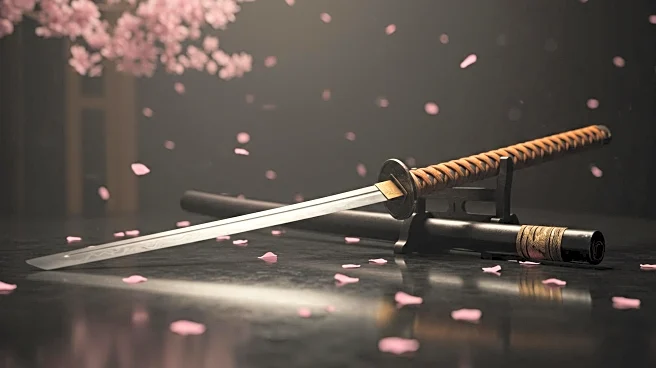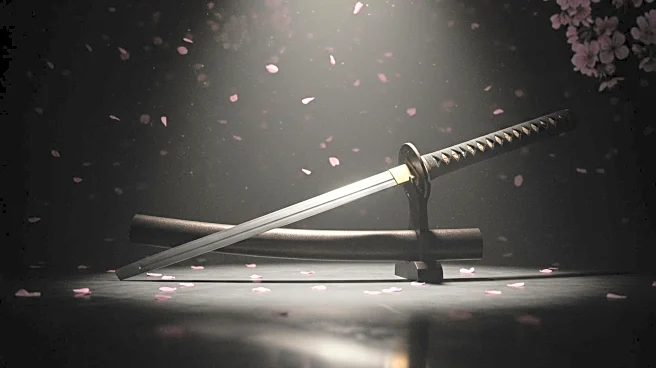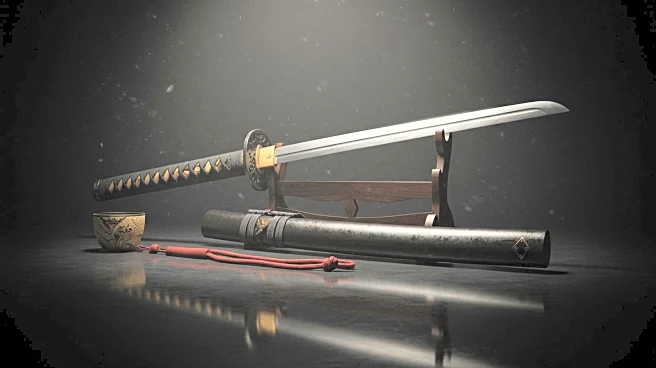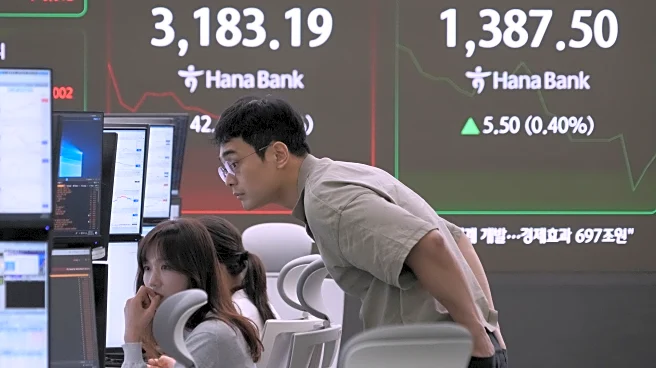What's Happening?
Kadokawa, in collaboration with Crunchyroll and animation studios Qzil.la and Arch, has announced the anime adaptation of the popular video game Sekiro: Shadows Die Twice. Titled Sekiro: No Defeat, the anime was revealed during Gamescom Opening Night Live. The adaptation will feature hand-drawn animation and is set in a fantastical reimagining of Sengoku-era Japan, following the Shinobi Wolf on his quest to rescue the young lord Kuro. The anime will be available exclusively through Crunchyroll outside of Japan, China, and Korea, with a release planned for 2026. The production team includes director Kenichi Kutsuna, character designer Takahiro Kishida, and art director Yuji Kaneko.
Why It's Important?
The announcement of Sekiro: No Defeat marks a significant expansion of From Software's intellectual property into the anime industry, reflecting a growing trend of video game adaptations. This move could attract new audiences to the Sekiro franchise, potentially boosting sales and interest in the original game. The collaboration with Crunchyroll ensures wide distribution, tapping into the platform's extensive user base. The adaptation also highlights the increasing crossover between gaming and anime, which could lead to more such projects in the future, benefiting both industries.
What's Next?
Fans of Sekiro: Shadows Die Twice can anticipate the anime's release in 2026, with further promotional materials likely to be unveiled as the date approaches. The production team may release trailers and behind-the-scenes content to build anticipation. Additionally, the success of this adaptation could encourage other game developers to explore similar projects, potentially leading to more video game-based anime series.
Beyond the Headlines
The adaptation of Sekiro into an anime format raises interesting questions about the cultural exchange between Japan's gaming and anime industries. It also underscores the potential for storytelling expansion, allowing for deeper exploration of the game's themes and characters. This could lead to a broader understanding and appreciation of Japanese historical settings and narratives among international audiences.













